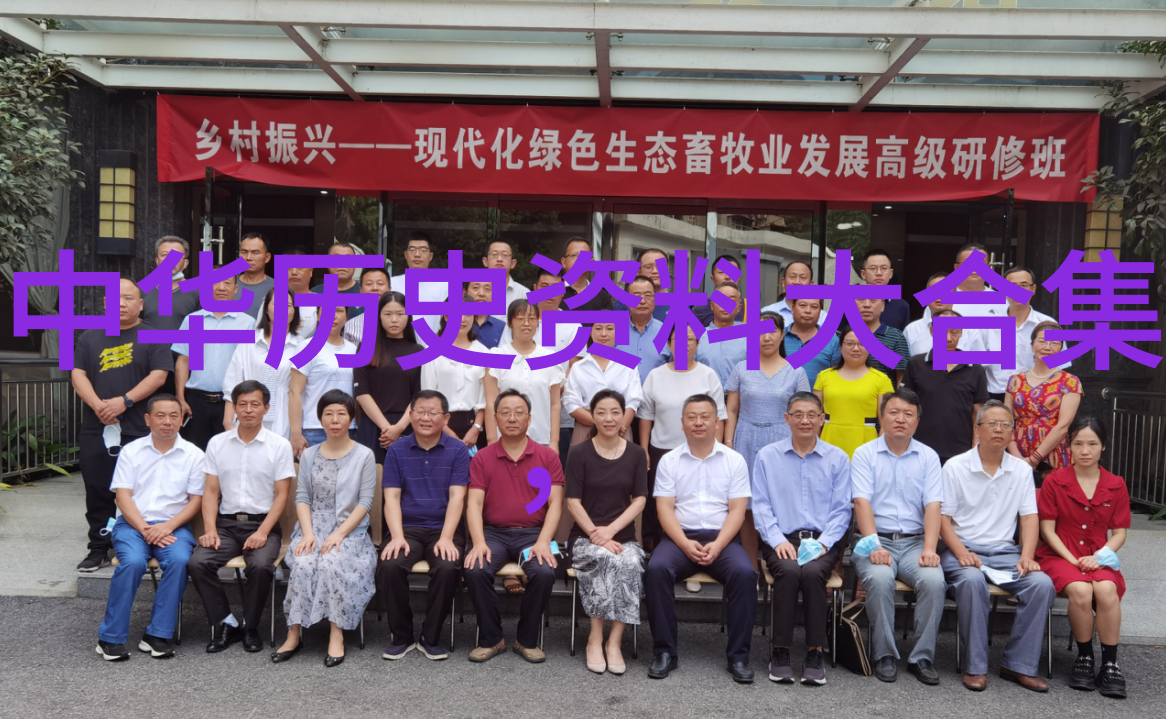艺术表现形式是指通过各种手段和媒介来展现、表达和传达人们情感、思想或观点的一种方式。它不仅仅局限于视觉艺术,如绘画和雕塑,还包括音乐、文学、舞蹈等多种艺术形式。每一种艺术表现形式都有其独特的语言和风格,它们共同构成了人类文化的丰富多彩面貌。

在探讨艺术表现形式与文化传承之间的关系时,我们首先需要明确什么是文化传承。在这里,文化传承指的是一系列由一个社会群体所创造并被后代继承下去的非物质财富。这包括但不限于语言、习俗、信仰以及所有类型的人类创造性活动。
艺术作品往往是某一时期或地区特有的历史记忆,它们捕捉了当时社会各阶层生活方式和价值观念,是对过去历史的一次回顾,同时也是未来发展的一个窗口。因此,了解这些作品对于我们今天理解过去,并为未来的发展奠定基础至关重要。

随着时间的流逝,新兴媒体技术不断涌现,对于保持古老而独特的艺术表现形式进行保护与研究变得尤为重要。例如,以数字化技术重建失效或者毁坏的手稿,这些都是现代科技如何影响并改变了传统艺商典美术作品中存在的问题之一。
然而,不论是在现代还是古代,任何一种新的媒介或技术引入都会带来对原有表达方式的一定挑战。这就要求我们重新审视“什么是真正意义上的‘正确’”以及“哪些元素能够跨越时间与空间,让我们的精神世界得以共鸣”。

在不同的社会背景下,对美的定义可能会发生变化,这反映在人们对美好事物选择不同的媒介上,也影响了他们对世界不同方面进行描述的情感色彩。而这一切,无疑也是一种深刻地展示了人性的复杂多变,以及人类心灵追求永恒之美的心理需求。
为了更好地理解这一点,我们可以将这看作是一个循环:从个人的内心到集体认同,再到全球范围内交流互鉴,从这个过程中形成了一种无形而又强大的力量——即民族自豪感。在这个过程中,每一种新的发明都被赋予了一定的象征意义,而这些象征意味着很大程度上决定了一个民族是否能够在国际舞台上占有一席之地。

当然,在这样的背景下,有一些问题自然会浮出水面,比如:“为什么有些国家能成功保留自己的特殊文脉,而其他国家则难以避免走向同质化?”答案显然并不简单,但至少可以这样说,那些能够成功保留自己特色文脉国家,他们通常拥有较为完善且有效率的地方管理体系,以及强大的国民认同力及坚韧不拔的地方意识,这两者相辅相成,为维护本土特色提供了一定的保障机制。
总结来说,artistic expression and cultural heritage are intertwined in a complex web of meaning, history, and identity. It is the artists' role to create works that not only reflect their own experiences but also contribute to the collective memory of humanity. The preservation of these works requires not just physical protection but also an understanding of their cultural significance and the social context in which they were created.

In conclusion, artistic expressions are more than just beautiful objects or sounds; they hold within them stories about our past, present, and future. They tell us who we are as individuals and as a society. They inspire us to be better versions of ourselves while reminding us of our shared humanity.
As we move forward into an increasingly globalized world where technology is rapidly changing how we live our lives, it becomes ever more important for us to understand the importance of preserving these unique forms of human expression that make up our rich tapestry called culture.
It is through this lens that we can truly appreciate the value art holds in capturing moments from history while simultaneously transcending time itself by conveying emotions across generations—ultimately connecting each one with another through shared experiences rooted deeply within human nature's inherent longing for connection with something greater than ourselves—the divine spark within every work created by man himself.




